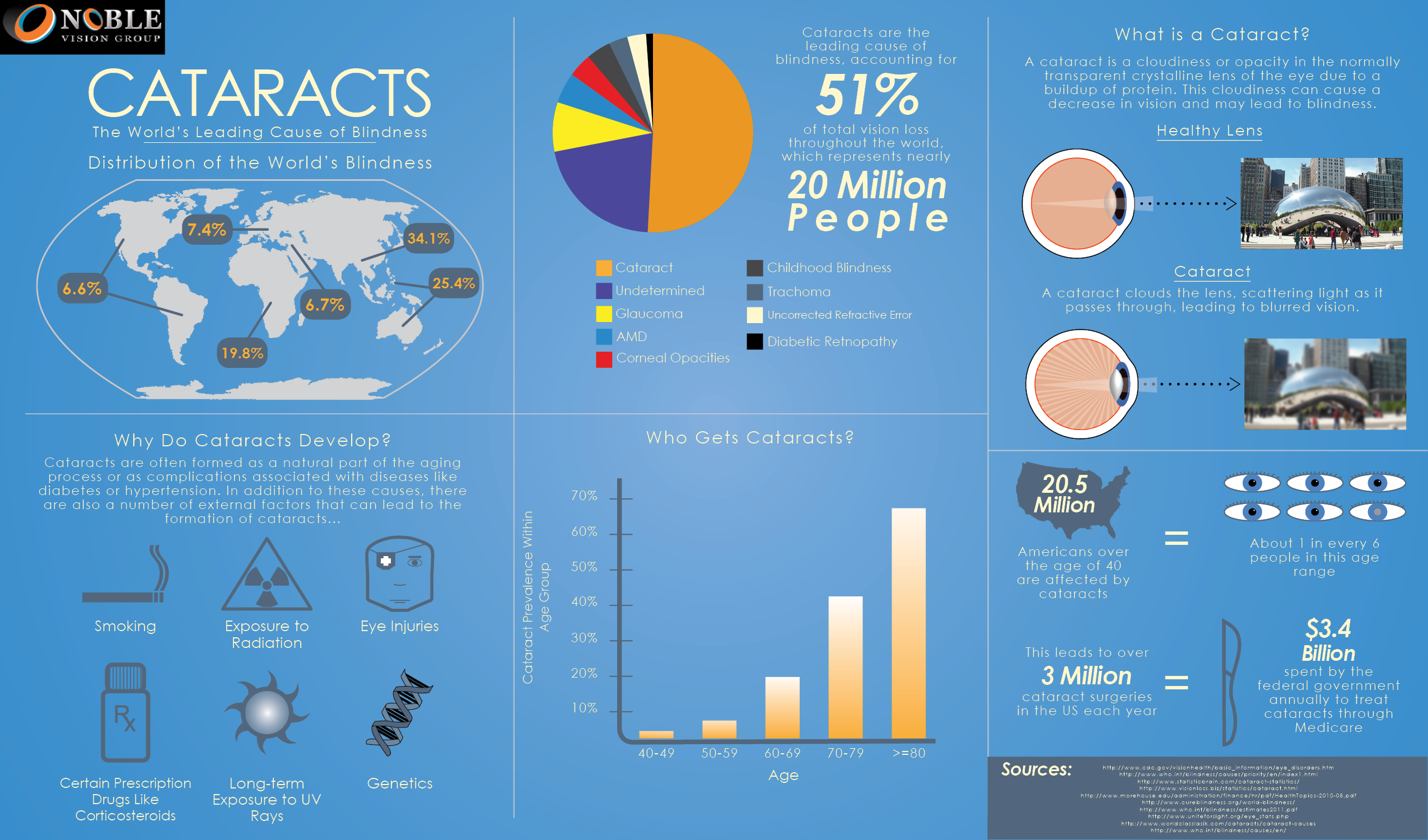How Does SMILE Eye Surgical Treatment Contrast To LASIK And PRK?
How Does SMILE Eye Surgical Treatment Contrast To LASIK And PRK?
Blog Article
Developed By-McNamara Vincent
If you have actually been taking into consideration SMILE eye surgical treatment, you might ask yourself just how it compares to LASIK and PRK. Each procedure has its very own set of advantages and factors to consider. From quicker healing times to prospective dangers, there are essential differences you need to understand before deciding. Comprehending these differences will help you make an informed selection that aligns with your particular requirements and assumptions. Interested to know even more concerning exactly how these procedures contrast in detail? Keep on discovering to obtain an extensive understanding of SMILE, LASIK, and PRK.
SMILE Eye Surgical Treatment Review
If you're thinking about SMILE eye surgery, you'll locate it to be a minimally intrusive treatment with a quick recuperation time. During SMILE (Little Incision Lenticule Removal), a laser is used to develop a small, specific cut in the cornea to eliminate a tiny item of tissue, improving it to remedy your vision. This varies from LASIK, where a flap is produced, and PRK, where the external layer of the cornea is entirely gotten rid of.
Among the key advantages of SMILE is its minimally intrusive nature, causing a faster healing process and much less pain post-surgery. The recovery time for SMILE is reasonably quick, with numerous patients experiencing enhanced vision within a day or two. This makes it a preferred selection for those seeking a practical and effective vision correction procedure. Additionally, SMILE has actually been shown to have a lower threat of completely dry eye disorder compared to LASIK, making it a positive alternative for individuals worried regarding this potential side effect.
Distinctions In Between SMILE, LASIK, and PRK
When contrasting SMILE, LASIK, and PRK eye surgeries, it is very important to comprehend the unique techniques used in each procedure for vision improvement.
SMILE (Small Incision Lenticule Removal) is a minimally invasive procedure that involves producing a small cut to extract a lenticule from the cornea, reshaping it to remedy vision.
LASIK (Laser-Assisted Sitting Keratomileusis) entails developing a thin flap on the cornea, making use of a laser to reshape the underlying tissue, and then rearranging the flap.
you could try here (Photorefractive Keratectomy) eliminates the outer layer of the cornea before reshaping the cells with a laser.
The major distinction lies in the means the cornea is accessed and dealt with. SMILE is flapless, making it a great option for individuals with slim corneas or those associated with get in touch with sporting activities. LASIK provides fast visual healing due to the flap development, but it might present a higher threat of flap-related problems. PRK, although having a much longer recovery duration, avoids flap-related problems altogether.
Comprehending these differences is essential in selecting the most ideal procedure for your vision adjustment demands.
Advantages And Disadvantages Contrast
To examine the benefits and disadvantages of SMILE, LASIK, and PRK eye surgical procedures, it's vital to consider the particular advantages and prospective limitations of each procedure. SMILE surgical treatment uses the benefit of a minimally invasive treatment, with a smaller cut and possibly quicker recovery time compared to LASIK and PRK. It also decreases the risk of dry eye post-surgery, a typical side effect of LASIK. Nevertheless, SMILE may have limitations in dealing with greater levels of nearsightedness or astigmatism compared to LASIK.
LASIK surgical treatment supplies rapid aesthetic recovery and very little pain throughout the treatment. It's extremely efficient in dealing with a wide range of refractive mistakes, consisting of nearsightedness, hyperopia, and astigmatism. Yet, LASIK lugs a risk of flap difficulties, which can affect the corneal structure.
PRK eye surgery, while not as popular as LASIK, avoids creating a corneal flap, lowering the danger of flap-related complications. It appropriates for individuals with thin corneas or irregular corneal surface areas. However, cataract surgery in the 60s has a longer recovery time and might entail more pain during the recovery process.
Verdict
So, when it involves picking in between SMILE, LASIK, and PRK, consider it like picking the perfect set of footwear. SMILE resembles a sleek, comfortable pair of tennis shoes - quick and easy.
LASIK is much more like fashionable high heels - showy and quickly, but with some prospective dangers.
PRK resembles durable hiking boots - trustworthy and long lasting, however requiring a bit more time and effort.
Eventually, the very best choice depends on your specific demands and choices.
